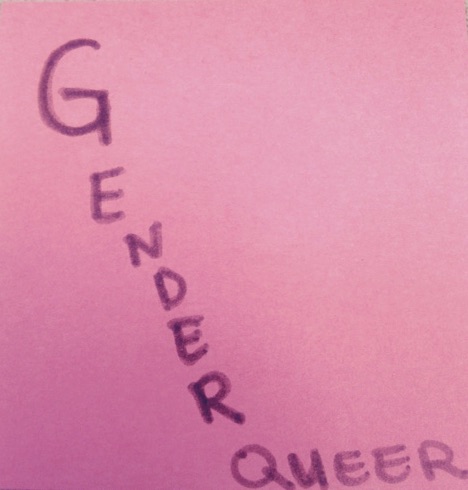Earlier last year, social media giant, Facebook, changed its popular website in a way that excited many people in the queer community. The company allowed users on its website to choose one of over 50 gender options in an unprecedented move made by a company of this size and renown.
Today, Facebook has gotten rid of its comprehensive list of genders and allows users to type in their own gender identity . Now, users seemingly have an infinite amount of options when it comes to identifying their gender on Facebook.
However, most people still opt to choose male and female, staying in trend with the long-standing gender binary that Western societies have adopted as the de-facto way of viewing gender.
As society evolves, so does the amount of terms we use in the discourse of queer theory and things like sex and gender in more casual settings.
With terms like cisgender, intersex, two-spirit and pansexual floating around the general consciousness, it has become increasingly difficult to keep up with all the definitions and nuances of the growing queer lexicon.
Thankfully, OutWrite’s on-going project, the ABC’s of queerness , is on a mission to shed light on some of the words that most readers won’t recognize or fully understand at first glance.
This article discusses the meaning and origins of the word genderqueer.
In a modern context, the word genderqueer is an umbrella term that essentially encompasses people who do not identify with the traditional two genders of masculine and feminine. These people queer, or deviate, from the popular gender binary that insists there are only two genders; masculine and feminine.
Genderqueer is roughly synonymous with the term non-binary, which relates back to the aforementioned gender binary. However, genderqueer is a word with a richer and more nuanced history, whereas non-binary is a less political term with its own background.
The word finds its origins in the 1990s when people who identified as neither male nor female sought to find a word that suited their identity more closely than transgender or transsexual could.
Genderqueer is different from transgender in that transgender individuals fit within the gender binary because they identify as either male or female. The identities of genderqueer individuals lie outside of that realm.
Some genderqueer individuals may feel that the current pronouns we use in the English language are restrictive and prohibit them from fully expressing their gender identity.
Those in the genderqueer community may choose to identify with non-gendered pronouns like they, them and theirs. Others have opted for entirely new pronouns like ze and zis, roughly correlating with he and his or she and her.
As our language and understanding of sex, sexuality and gender constantly change, it is important to educate ourselves on new issues that arise. Although we may not fully understand other people’s identities, we can always be respectful of others’ preferences and not invalidate their personal experiences.

